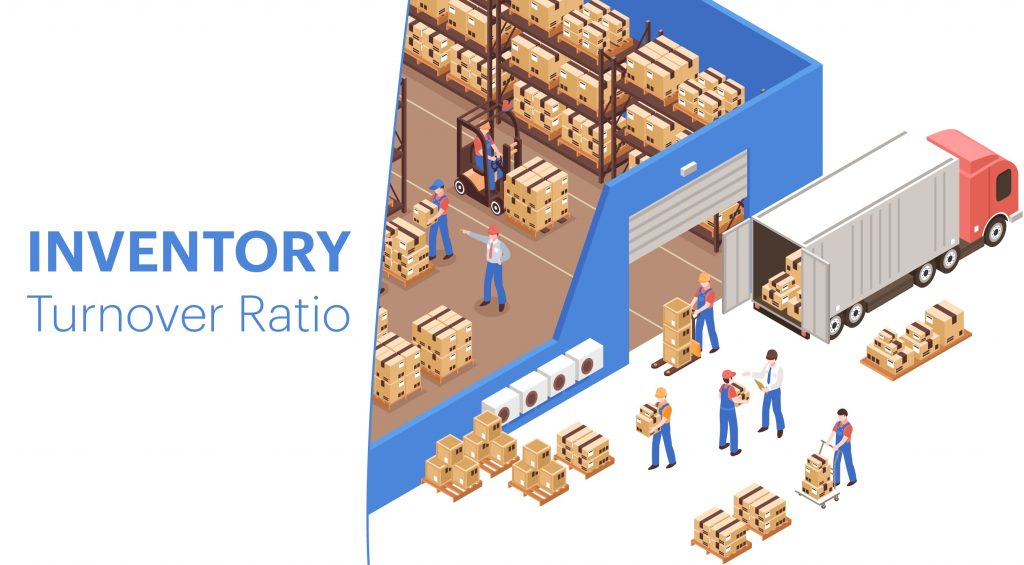Let’s start with the most basic definition: What is inventory turnover ratio?
The definition of inventory turnover ratio
Inventory turnover ratio refers to the number of times the company’s inventory is repeatedly used or sold during a specific period, roughly reflecting its ability to manage inventory levels and the frequency of replenishing stock.
Companies generally prefer a higher inventory turnover ratio. The high ratio indicates that your inventory products are selling quickly, which shows that business performance is good.

What inventory turnover ratio is good?
The apparent answer: as high as possible.
For many e-commerce companies, the ideal inventory turnover rate is about 4 to 6. Of course, different industries have different standards, but a ratio between 4 and 6 usually means that the ratio between your replenishment and sales maintains a good balance.
In other words:
A good inventory turnover rate can let your business:
- Products will not run out, but usually meet customer requirements
- Inventory will not be overstocked and become deadstock
- Improve profitability and reduce inventory holding costs/handling costs
In short, if your company can achieve a good balance between inventory, sales, and costs, then your e-commerce is expected to achieve natural and stable growth.
How to optimize inventory turnover ratio?
- Targeted design of marketing activities that meet the cost to increase sales
- Comparing with competitors in the industry to develop pricing strategies
- Good at growing product portfolio and stimulating customers to place orders
- Forecast inventory and plan for inventory purchase
- Regularly negotiate the purchase price with the supplier and obtain a preferential purchase price
- Develop preferential strategies to encourage customers to book products
- Eliminate dead stock as much as possible